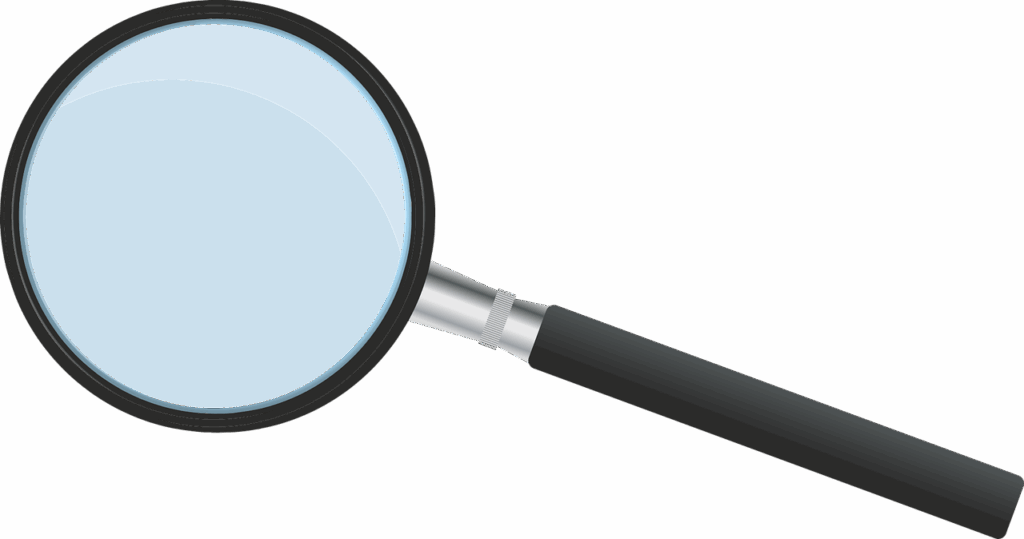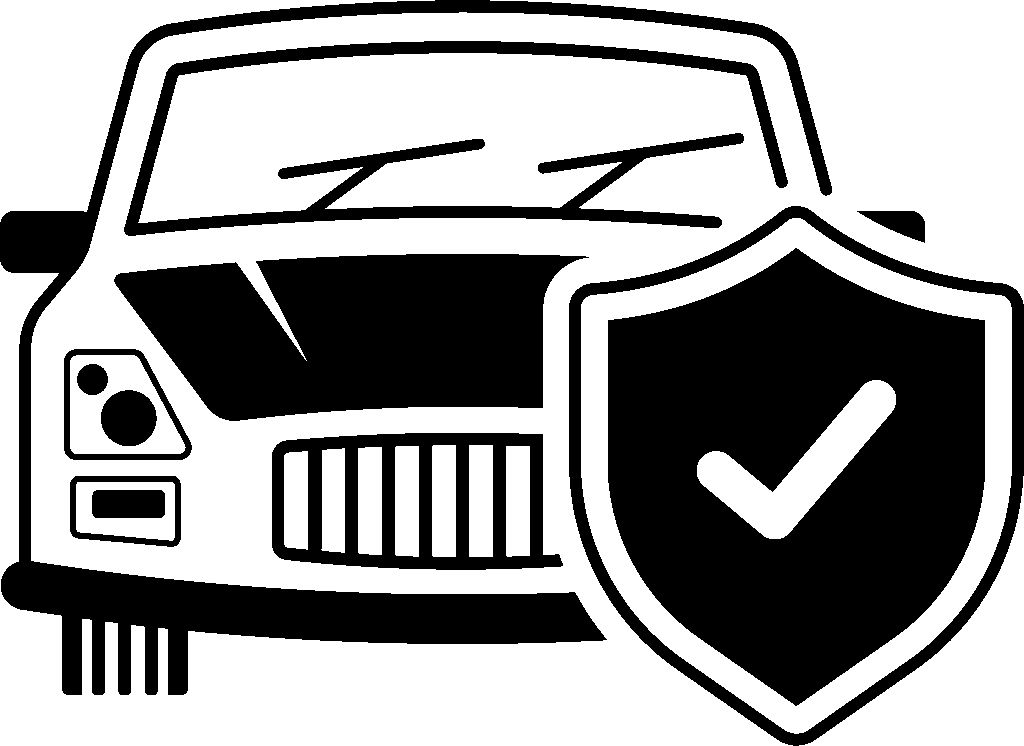Many car buyers approach the dealership experience with a singular focus: the price of the vehicle. It’s a natural instinct, honed by years of consumer advice to haggle fiercely for the lowest sticker price. However, this laser-like focus often blinds consumers to a far larger, more intricate web of profit centers that can easily add thousands of dollars to a car deal, making the seemingly aggressive front-end discount almost irrelevant in the grand scheme of the dealership’s overall earnings.
Indeed, as one car salesperson candidly reveals, “Car dealerships lose money on individual sales all the time.” The reason this statement often elicits knowing smiles of disbelief is a fundamental misunderstanding of how car sales truly operate. The transaction isn’t just about the vehicle’s selling price, which is merely the “front end” of a car deal. The real financial engineering happens behind the scenes, primarily through financing, or the “back end,” and a host of other often-overlooked revenue streams.
This article aims to peel back the layers of the automotive retail business model, explaining the ‘why’ and ‘how’ behind a dealership’s financial success. We will systematically break down the various profit centers, from the initial vehicle sale to the intricate world of financing and add-ons, to empower you with the knowledge needed to navigate your next car purchase with confidence and ensure you’re getting a truly fair deal.
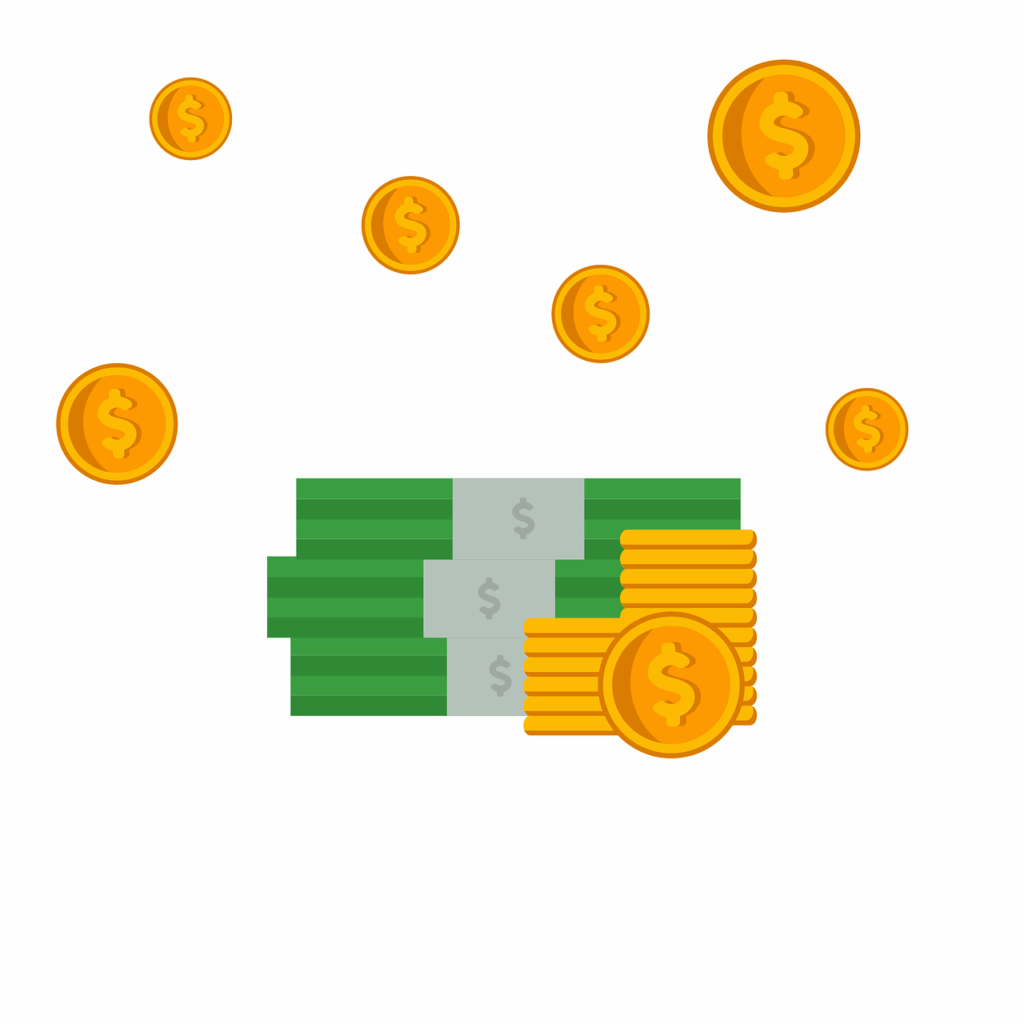
1. **The Real (Surprisingly Slim) Profit on the New Car Sale Itself**
When you visualize a car dealership raking in massive profits, your mind likely jumps to the difference between what they buy a car for and what they sell it to you for. This ‘front-end’ profit, as it’s known in the industry, is indeed a component of their earnings, but its significance is often vastly overestimated by the average consumer. For a new car, most dealers could gain a dealership’s gross profits of only 3% to 5%.
Consider a hypothetical $40,000 new car. A 3% to 5% gross profit margin translates to a profit of roughly $1,200 to $2,000 on the vehicle itself. While certainly not insignificant, this figure is often dwarfed by other profit centers. The context highlights that “the average profit margin for a new car is about 3%,” according to the National Automobile Dealers Association. This relatively small margin underscores that selling the car at a deep discount, or even a slight loss, is sometimes a strategic move for the dealership.
Dealerships operate on a volume-based model for new cars. Even with smaller individual profit margins, selling a large number of vehicles can aggregate into substantial overall profits. This strategy allows them flexibility: “A dealership might sell the car for a very small profit, or even a slight loss, just to move the unit. They do this knowing they can make up the difference elsewhere in the deal.” The price you negotiate for the car, while important, is only one piece of a much larger, more profitable puzzle.

2. **Unmasking the Dealer Holdback: The Hidden Profit Margin**
To fully comprehend a dealership’s front-end profit, one must look beyond the widely publicized MSRP (Manufacturer’s Suggested Retail Price) and the often-cited invoice price. While the invoice price purports to be what the dealership ‘pays’ the manufacturer, it doesn’t represent their true cost. There’s a crucial, often invisible, factor at play known as the dealer holdback.
Dealer holdback is an amount of money, typically 1% to 3% of the MSRP, that the manufacturer pays back to the dealership after the car has been sold. This means that a dealership’s actual cost for a vehicle is lower than the invoice price they present to the customer. The text states, “The holdback allows dealerships to make a profit on the sale of new cars without raising the car prices. And, in most cases, customers are unaware of dealer holdbacks.”
Let’s revisit our $40,000 car with an MSRP of $40,000 and an assumed invoice price of $38,000. If the manufacturer offers a 2% holdback on the MSRP, that’s an additional $800 ($40,000 * 0.02) of profit for the dealership. Therefore, the dealer’s true cost for that vehicle isn’t $38,000; it’s closer to $37,200 after factoring in the holdback. This hidden profit gives dealers significant negotiation room.
This mechanism explains how a salesperson can claim they are selling a car for “invoice price” or even “losing money” on the front end, yet the dealership still walks away with a profit. The dealer holdback provides a safety net, ensuring a baseline profit margin even on deeply discounted vehicles, effectively cushioning the impact of aggressive price negotiations from savvy consumers.
3. **Manufacturer Rebates & Dealer Incentives: Who Truly Benefits?**
Car manufacturers frequently offer various incentives to stimulate sales, and understanding how these impact the dealer’s profit versus your savings is crucial. Not all incentives are created equal, and their ultimate beneficiary can differ significantly, often in ways that are opaque to the average buyer. There are primarily two categories: customer rebates and dealer incentives.
Customer rebates are the “cash back” offers that are widely advertised, such as “$2,000 cash back on all 2025 sedans.” This money comes directly from the manufacturer and is applied to reduce your final purchase price. The important distinction here is that while it saves you money, “it doesn’t change the dealership’s profit on the car itself.” The dealership calculates its profit based on the negotiated price *before* the customer rebate is applied, then the rebate is simply deducted from your total.
Conversely, dealer incentives, sometimes referred to as “dealer cash” or “spiffs,” are monetary incentives that the manufacturer provides directly to the dealership. These funds are designed to encourage dealers to sell specific models, often those that are slower moving or when inventory needs to be cleared. Crucially, “You, the customer, may never even know this incentive exists.”
These hidden dealer incentives effectively lower the dealership’s true cost for the vehicle, providing them with additional flexibility to negotiate the selling price. For example, if a manufacturer offers $1,500 in dealer cash on a particular model, the dealership can offer a $1,000 discount to a customer and still pocket an extra $500 in profit that the customer doesn’t even know exists. This allows dealers to appear more generous in negotiations while quietly bolstering their profit margins, making it challenging for buyers to gauge the true bottom line.
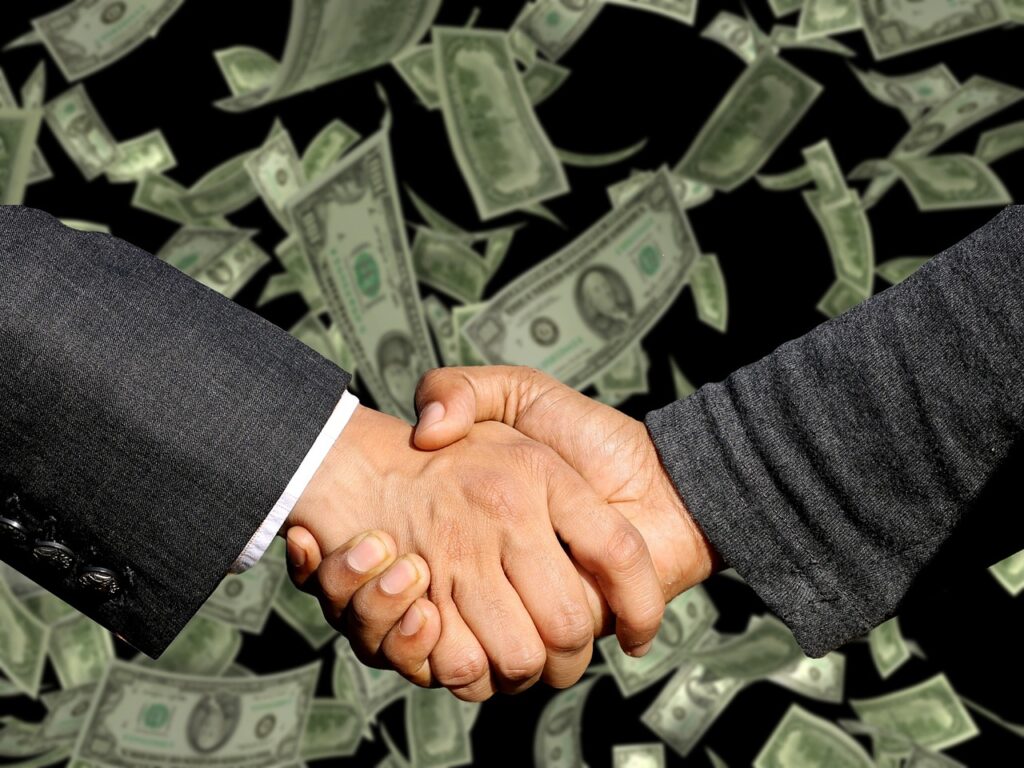
4. **The Interest Rate Markup Game: How Dealers Profit from Your Loan**
While consumers are often fixated on negotiating the lowest possible price for the car itself, a substantial amount of dealer profit, frequently underestimated, originates in the finance department. “Most consumers don’t realize this is happening. They’ve been taught to focus on price and price alone — but the real money is made in financing.” This profit center involves the subtle, yet financially significant, practice of marking up the interest rate on your auto loan.
When a dealership arranges financing, they act as an intermediary, submitting your application to various lenders (banks, credit unions, captive finance companies). These lenders then provide the dealership with a ‘buy rate’ – the lowest interest rate for which you qualify. However, the dealership is under no obligation to offer you this lowest rate. Instead, “they then go ahead and mark up that rate, usually up to 4% (some states have a limit of 2.5%).” So, a 6% loan you qualified for might be presented to you as an 8.5% or even a 10% loan.
The difference between the ‘buy rate’ and the rate you sign for becomes pure profit for the dealership, often called ‘finance reserve’ or ‘dealer reserve’. The financial impact of this markup can be staggering over the life of a loan. For instance, a $20,000 car loan at a 6% interest for 60 months results in a monthly payment of $386.66. If the rate is marked up to 8.5%, the payment jumps to $410.33, costing you an additional $1,420 over the life of the loan. This is money that goes directly into the dealer’s pocket.
This practice is so lucrative that, as the context reveals, “When you figure the average dealer only makes about $600 to $800 profit on the price of a new car, financing is as important as negotiating TWO new cars.” This explains why a dealership might readily discount a car’s price, even going “into the red to sell you a car,” if they anticipate making significant profits on the financing. The message for consumers is clear: securing your financing before stepping into the dealership is paramount to avoiding this substantial hidden markup.

5. **Lender Kickbacks and Reserve Programs: Incentivizing Higher Rates**
Understanding how dealers profit from financing goes beyond simple interest rate markups; it also involves a complex system of incentives and ‘kickbacks’ from the lenders themselves. Dealerships do not finance car loans directly; rather, “They simply arrange financing using their relationships with banks, financing companies, and in some cases their manufacturer’s captive finance company.” As middlemen, they are compensated, and this compensation often encourages practices that benefit the dealer more than the buyer.
Most auto lenders offer ‘reserve programs’ where dealers earn a percentage of the interest collected over the loan’s life. This creates a powerful incentive for dealers to push for loan terms and rates that maximize their payout from the lender, not necessarily the most advantageous terms for the customer. Typical reserve rates can range from “1-3% of the loan amount” for new cars, “2-5% of the loan amount” for used cars, and “up to 10% of the loan amount” for subprime loans, demonstrating how significant these hidden profits can be, especially for higher-risk borrowers.
This system directly encourages dealers to “Extend loan terms unnecessarily,” “Push higher interest rates,” and “Steer you toward specific lenders” who offer the most lucrative reserve programs. The Finance & Insurance (F&I) office is often the most profitable department in a dealership precisely because these lender kickbacks, combined with interest rate markups and the sale of additional products, create a formidable profit engine that most consumers are entirely unaware of.
Essentially, the more interest you pay over the life of your loan, the more profit the dealer stands to make through these reserve programs. This puts the dealer’s financial interests directly at odds with the buyer’s goal of securing the lowest possible interest rate and shortest loan term. By being pre-approved for a loan before visiting the dealership, you strip away this profit center, forcing the dealer to compete with your already secured low rate.
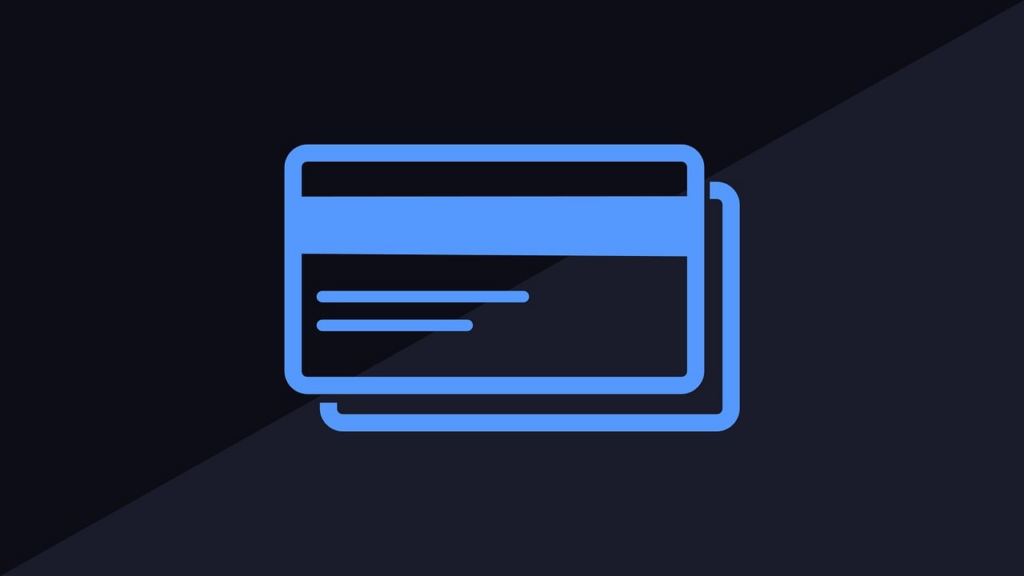
6. **”Packed Payments”: Bundling Unwanted Products into Your Loan**
One of the most common and deceptive tactics used in the financing office is the practice of ‘packed payments’. This strategy relies on the common consumer habit of focusing almost exclusively on the monthly payment figure rather than the total cost of the vehicle and its associated services. Dealers expertly exploit this tunnel vision to inflate their profits significantly.
“Packed Payments” occur when dealers increase your car payment by covertly including additional products and services into the loan without your explicit, informed consent, or by making them seem mandatory. These often include items like extended warranties, GAP insurance, paint and fabric protection, or tire and wheel protection. While some of these products may have value in specific circumstances, they are frequently overpriced and unnecessary for many buyers, yet they are bundled into the loan, quietly boosting the monthly payment.
As the context illustrates, “A monthly increase of only $33 over a 60 month loan will cost you $2,000.” This seemingly small addition to your monthly outlay compounds over the life of the loan into a substantial amount of extra profit for the dealership. The F&I manager might present these add-ons as non-negotiable, or as a small, incremental increase to your monthly payment, sidestepping a direct conversation about their actual cost and value.
The critical safeguard against this ‘packed payments’ scam is to secure your own financing *before* you even set foot in the dealership. “An easy way to avoid this scam is to arrange your own financing before going to the dealership.” With pre-approved financing, you control the loan amount and terms, making it much harder for the dealer to sneak in these costly extras without your full awareness and approval, thereby protecting your wallet from thousands in unnecessary charges.

7. **The Deceptive Dance of Spot Delivery Scams*
Imagine driving your brand-new car off the lot, only to receive a call days later demanding its return because the financing ‘fell through.’ This isn’t a rare oversight but a calculated tactic known as a spot delivery scam. Dealers use this scheme to leverage your emotional investment in the new vehicle, placing you in a vulnerable position where you are pressured into accepting less favorable loan terms. It’s a classic bait-and-switch, designed to extract more profit from an already completed transaction.
The scam works like this: the dealership allows you to take possession of the car, often before final approval on financing is secured, giving you the illusion that the deal is done. Then, a few days later, they contact you, claiming the original financing didn’t go through and insisting you must return to the dealership. Once you’re back, they present you with new loan terms – typically a higher interest rate, a larger down payment, or both. You’ve already bonded with the car, perhaps even bragged about it, making you more susceptible to signing the new, less advantageous agreement.
While genuine financing issues can occur, they are rare, and a reputable dealer would never allow a car off the lot without 100% certainty of approval. The context explicitly warns, ‘If you have bad credit and this happens, you can rest assured it was a scam all along.’ The primary defense against this predatory practice is, once again, to secure your own financing *before* visiting the dealership. This pre-approval gives you solid ground, ensuring you won’t be caught in the dealership’s deceptive dance.
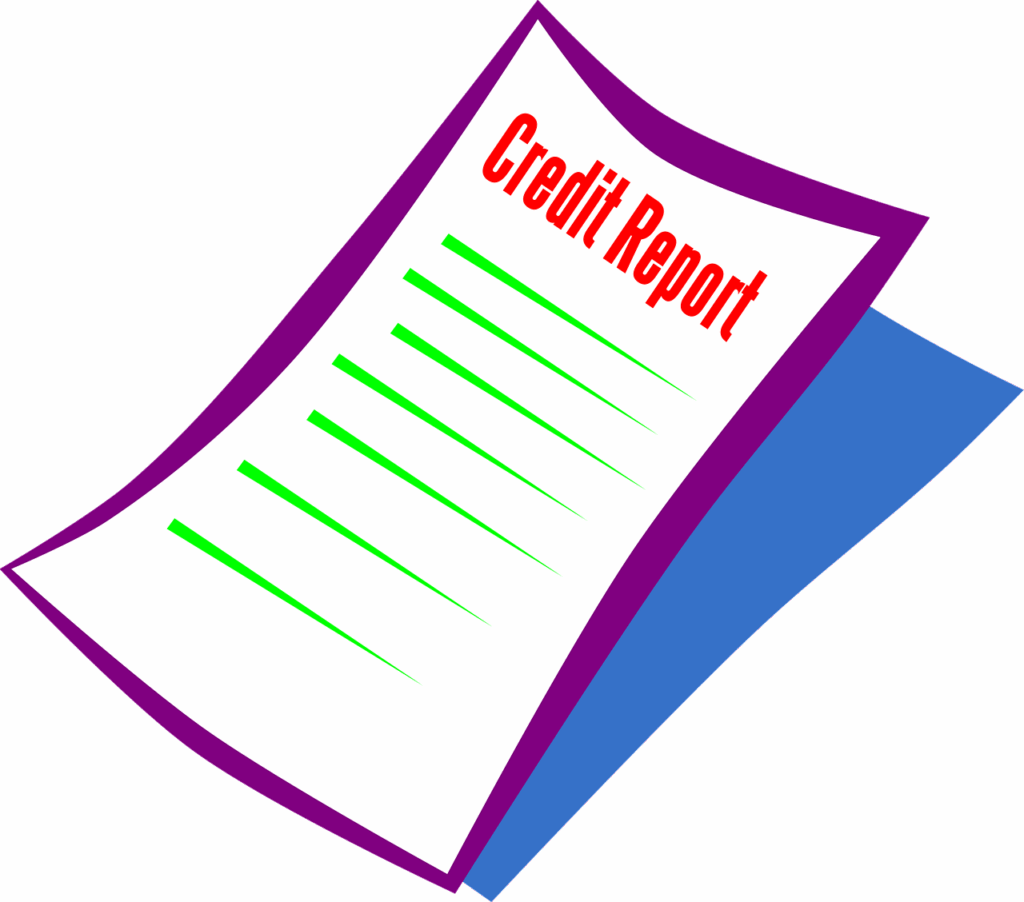
8. **Exploiting Credit Scores: Why Knowing Yours is Power**
Many car buyers walk into a dealership completely unaware of their own credit standing, inadvertently handing a powerful advantage to the dealer. This lack of knowledge can be financially devastating, as dealers can easily manipulate the perception of your creditworthiness to push you into loans with inflated interest rates. Without a clear understanding of your credit score, you’re essentially negotiating blind, trusting the dealer to act in your best interest when their primary goal is to maximize their own profit.
The scam begins when you rely solely on the dealership to check your credit and arrange financing. After running a credit check, dealers are not obligated to disclose your actual score. Instead, they might deceptively inform you that you don’t qualify for competitive financing rates, regardless of your true score. This immediately puts you on the defensive, making you believe your options are limited and that you’re fortunate to be offered any loan at all.
When presented with a high-interest loan under these circumstances, many desperate car buyers accept it, convinced they couldn’t get financed elsewhere. What they don’t realize is that this maneuver effectively transfers thousands of dollars in unnecessary extra interest payments directly into the dealer’s pocket. The solution is straightforward and powerful: ‘To prevent this, make sure you check your credit score and get your free credit report.’ Empowering yourself with this information eliminates the dealer’s ability to lie about your credit, ensuring you’re offered rates commensurate with your actual financial standing.

9. **Decoding Documentation Fees: Pure Profit for the Dealership**
Among the myriad fees tacked onto a car purchase, documentation fees, often abbreviated as ‘doc fees,’ stand out as a particularly contentious point. These charges, which can range from $200 to $800, are presented as necessary costs for processing paperwork, titling, and registration. However, a deeper look reveals that for the dealership, these fees are often ‘pure profit,’ contributing significantly to the back-end earnings with minimal actual associated cost.
The justification for documentation fees can feel vague and arbitrary. While there are legitimate administrative tasks involved in a car sale, the fees charged rarely reflect the actual cost of printing forms or submitting electronic documents. Instead, they serve as another convenient line item through which dealerships can boost their revenue. This profit center is particularly effective because many consumers, already overwhelmed by the negotiation process, overlook or simply accept these fees as a non-negotiable part of buying a car.
Consumers should be aware that documentation fees are largely unregulated and can vary wildly from state to state, and even between dealerships within the same state. Some states cap these fees, while others allow dealerships to charge whatever they deem fit. The key is to recognize that unlike taxes or registration fees, which are passed on to government entities, doc fees are retained by the dealership as income. Savvy buyers should always scrutinize these charges and, if possible, negotiate them down or insist on a full explanation of their purpose. They are a clear example of how the F&I office generates profit ‘beyond interest markups.’
10. **The Goldmine of Overpriced Insurance and Protection Products**
Beyond the vehicle itself and its financing, the Finance & Insurance (F&I) office is a treasure trove of additional profit, particularly through the sale of various insurance and protection products. While some of these offerings, such as extended warranties or GAP insurance, can be beneficial in specific circumstances, they are frequently sold at exorbitant markups, transforming them into a significant cash cow for dealerships. These products often represent a much higher profit margin than the vehicle sale itself, contributing heavily to the dealership’s bottom line.
Extended warranties, for instance, are presented as peace of mind against future repair costs once the manufacturer’s warranty expires. However, these contracts are often marked up by ’50-70%.’ A service contract that costs the dealership $1,000 to acquire might be sold to a customer for $2,500, with the added benefit for the dealership that customers ‘are likely to never use the service contract because most repairs are covered by the warranty provider.’ This means the dealership often keeps the entire inflated sum without incurring any related cost, making it a highly lucrative venture.
Similarly, GAP insurance, designed to cover the difference between what you owe on your loan and what your vehicle is worth if it’s totaled, is another prime example of an easily marked-up product. While crucial for many financed vehicles, dealerships can mark it up by ‘300-500%.’ Paint and fabric protection, often costing ‘$2,000+ for $200 worth of materials,’ is another classic example of an overpriced, often unnecessary, add-on that pads the dealership’s profits.
These ‘overpriced and unnecessary insurance policy’ sales contribute significantly to car salespeople’s annual income, with a ‘large portion of that income comes from the sale of overpriced insurance products,’ dwarfing the slim 2% profit margin on a new car. They are primarily ‘the dealer’s cash cow,’ benefiting no one as much as the dealership and its sales personnel.

11. **Maximizing Profit from Your Trade-In: A Dealer’s Strategic Advantage**
For many car buyers, trading in their old vehicle seems like a convenient way to reduce the cost of a new purchase. However, the trade-in process is far from a simple exchange; it’s a finely tuned profit center for dealerships. They strategically undervalue your current car, ensuring they can resell it for a substantial profit, often without the customer fully realizing the extent of the financial advantage the dealership gains. This negotiation is a critical juncture where buyers can lose thousands.
When you bring your used car to a dealership, their offer is typically ‘less than what your car is worth.’ This is not an oversight but a deliberate business strategy. The dealership’s goal is to acquire your vehicle at the lowest possible price so they can then ‘turn around and sell the car for a profit.’ For instance, if a dealership offers you $5,000 for your car and then sells it for $7,500, they’ve netted a $2,500 profit from the car purchase alone. This margin can often exceed the profit made on the new car sale itself.
Dealerships are adept at assessing the market value of used cars and the minimal ‘reconditioning’ costs required to prepare a vehicle for resale. They factor in these costs, along with their desired profit margin, to arrive at their trade-in offer. By doing your homework and knowing the true market value of your trade-in through independent sources, you can counter lowball offers and prevent dealerships from exploiting your convenience. This knowledge transforms your trade-in from a dealer’s strategic advantage into a more equitable negotiation.
12. **The Enduring Profitability of the Service and Parts Department**
While the sales floor attracts all the glamour and initial attention, the service and parts department often functions as the silent, consistent, and exceptionally profitable engine of a car dealership. Far from being merely a cost center, these departments generate significant revenue streams through routine maintenance, major repairs, and the sale of parts and accessories, often with higher profit margins than the new car sales themselves. This continuous cycle of customer interaction provides a steady flow of income long after the initial vehicle purchase.
Dealership service departments typically charge a premium for their services compared to independent shops. An oil change at a dealership, for example, might cost $80, while the same service at an independent shop could be $40, generating an ‘extra $40 in profit for the dealership.’ This price difference extends to more complex repairs, where the profit margins can become substantial. Customers often justify these higher costs by valuing the specialized training of dealership mechanics, their access to genuine parts, and the convenience, especially if their vehicle is under warranty.
Moreover, the service department is a prime location for selling ‘service contracts,’ essentially extended warranties, which are highlighted as ‘one of the most profitable things a dealership can sell.’ These contracts boast ‘high markups and low claims rates,’ contributing substantially to the dealership’s overall profitability. They can turn a dealership cost of $1,000 into a $2,500 sale, often without the customer ever needing to use it.
While the parts department itself might see ‘low markup’ and fierce competition from online retailers, making it a ‘losing proposition’ for direct profit on parts sales, it remains crucial for supporting the lucrative service operations. For instance, ‘most dealerships only make a small profit (if any) on the sale of parts, especially with the new vehicle.’ However, the essential function of providing parts ensures the ongoing revenue from the high-margin service labor. Together, these departments form a formidable and recurring profit center, underpinning the dealership’s long-term financial health.
Read more about: Navigating the New Reality: Key Shifts and Strategic Imperatives for Car Dealerships in the Coming Year
The journey through the intricate world of car dealership profits reveals a meticulously crafted ecosystem where every interaction, from the initial price negotiation to the post-sale service visit, is designed to maximize revenue. The secret isn’t a single trick, but a symphony of strategies – hidden holdbacks, interest rate markups, overpriced add-ons, shrewd trade-in valuations, and the consistent profitability of the service department. Armed with this knowledge, you transform from a passive consumer into an informed negotiator. By understanding the ‘why’ and ‘how’ behind these profit centers, you gain the power to navigate the car buying process not just efficiently, but on your terms, ensuring that your hard-earned money stays firmly in your wallet.

